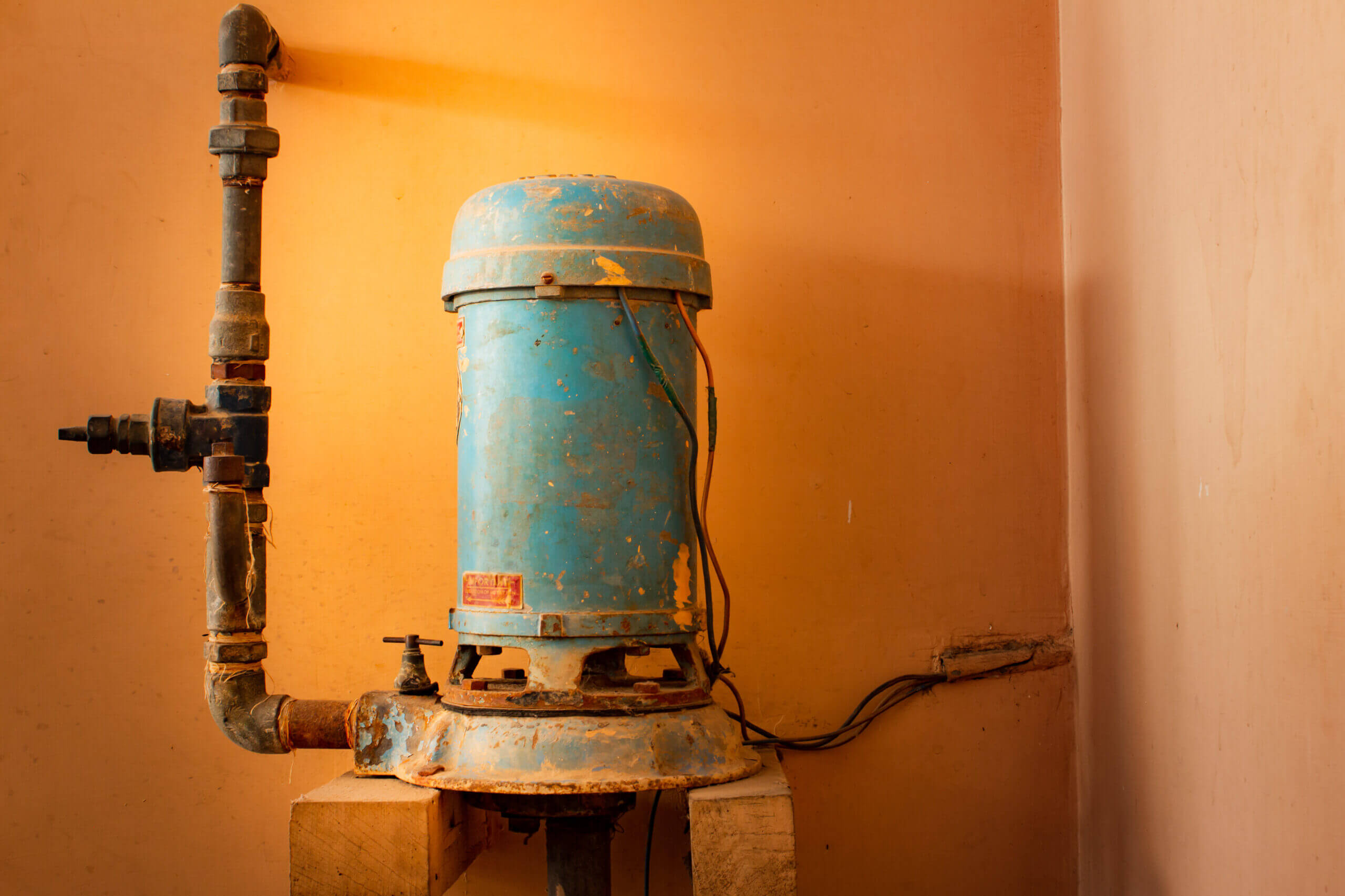Basement flooding can be a costly and stressful problem to fix, which is why investing in a quality sump pump is an excellent way to manage your basement water levels. Over time, however, a sump pump can develop several problems. Therefore, we’ve put together a short guide listing the three common causes of sump pump problems and how to stop them from happening.
For many years, sump pumps have been a lifesaver in homes; especially in places where the quick melting of snow can cause basement floods. While sump pumps have become more popular in the last couple of decades, it’s important that the correct installation and maintenance rules are followed to keep your sump pump in optimal condition.
What is a sump pump?
A hole is dug in your basement, and a sump pump is placed there to filter out water. The sump pump will then switch on and off according to the water levels of the pit, moving the liquid out of the pit through the pipes into a dry well or storm drain. The check valve then ensures that the water does not flow back into your home.
All your sump pump needs to operate is your main household current, but we recommend that you have some kind of circuit interrupter to reduce the chance of electrocution.
The sump pump, and all of its components, work together to ensure that your home stays dry. However, since there are a lot of components, if one suddenly stops working or is not working at optimal condition, it makes it more likely that there will be some disruption to the functioning of the sump pump.
Why does a sump pump fail?
1. The pump is the wrong size
It’s relatively common to have a sump pump for your basement that is not the right size. However, if your sump pump is the wrong size, it won’t do its job effectively and will, eventually, fail. If your sump pump is too large, the pump will be working far too hard, and its lifespan will be significantly reduced. If, on the other hand, the sump pump is too small, it won’t be able to pump out sufficient amounts of water, which will, again, impact your sump pump’s lifespan.
The sump pump’s motor will likely burn out if the pump size isn’t correct, so it’s important to have the correct sized sump pump installed from the offset. A professional installer will base this on the surface area of your basement. While there’s no concrete lifespan of a sump pump, the majority of them last between 3 and 20 years. That’s a very big window, so make sure you carry out your sump pump’s maintenance correctly to ensure a longer lifespan.
2. Pump burnout
If your sump pump is carrying too much water, its motors won’t have enough power to handle the water levels, which increases the flood risk in your basement. Therefore, it’s vital that a good quality sump is used that matches the capacity your basement needs.
While flooding is a terrible problem in itself, even a little bit of water on your basement floor could lead to the growth of mould, warp any wood and cause rotting, making the clean-up an expensive and time-consuming process. You can prevent all of this from happening as long as your sump pump doesn’t burn out.
3. Installation has been done incorrectly
It’s vital that any piece of machinery you’d like in your home or business is installed correctly by professionals. Choosing to install a sump pump yourself is admirable, but the installation can be difficult if you don’t have a lot of experience. If you get it wrong, not only do you risk breaking the sump pump, but it’s likely that it will cost you more to fix and you may even increase the risk of your basement flooding.
If you do decide to give it a go, as a general rule of thumb, most manufacturers want you to do the following:
• Install the check valve on the discharge line. If you don’t have a check valve on the discharge line, then backflow will cause the pump impeller to rotate backward. In other words, it’ll sound like the pump motor is running, but it won’t actually be pumping any water away.
• Drill a small air relief in the discharge line.
• Ensure that the discharge valve’s diameter is suitable.
If you don’t understand any of the above points, contact a professional instead.
Top tip: Make sure that your sump pump is never placed in gravel, as this will cause a build-up of debris, impacting the overall functioning of the pump.
For more information on sump pumps and their installation or maintenance, give our friendly and qualified team at the Same Day Trades a call 1300 632 094






